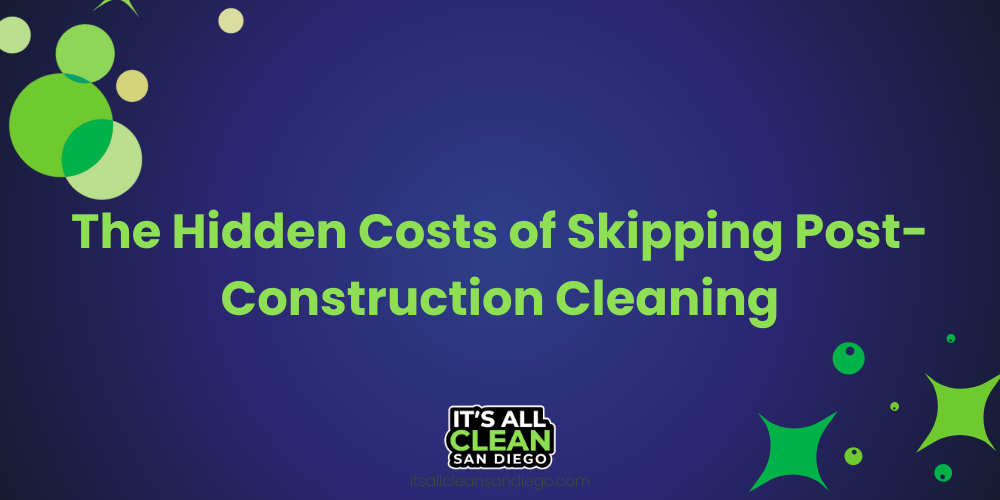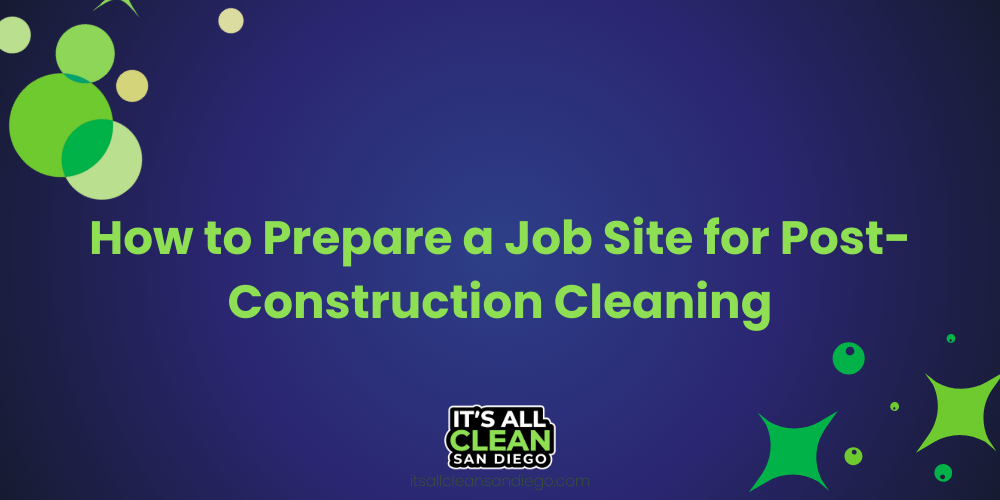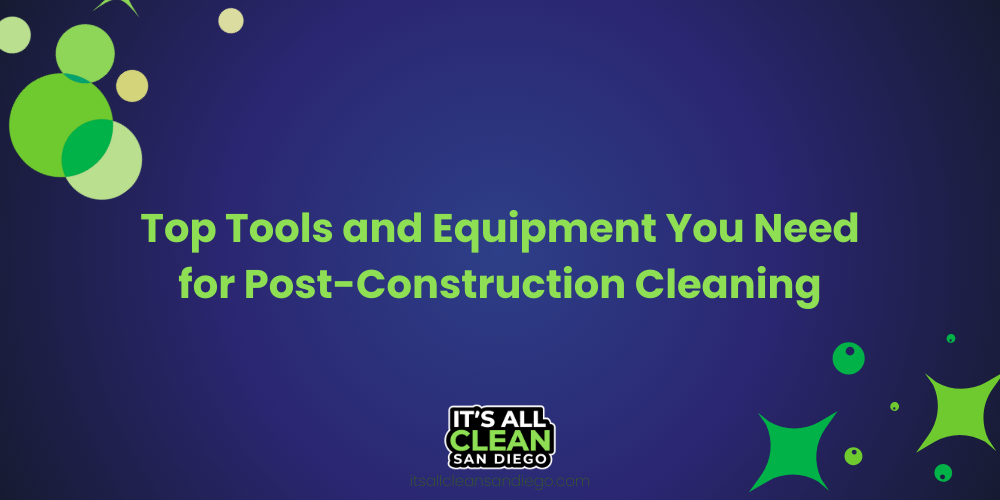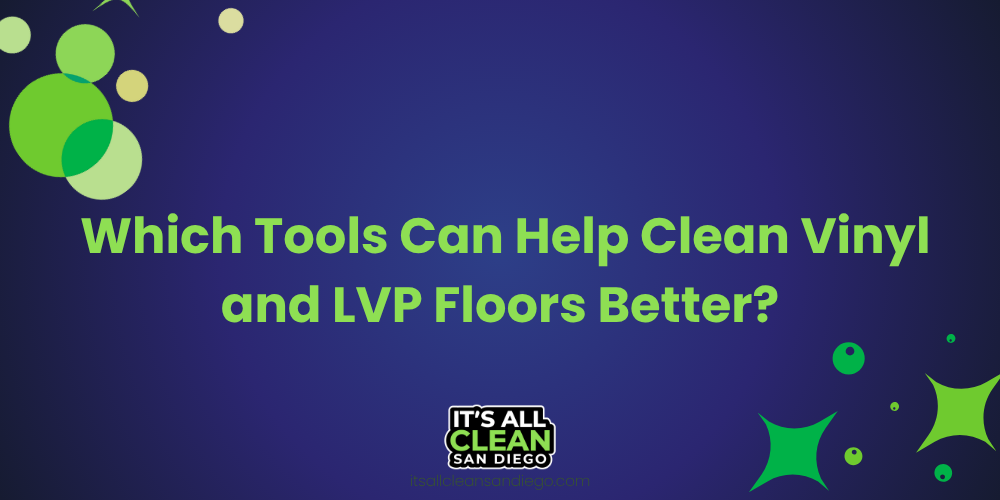San Diego, CA
Owning a boat is one of life’s greatest pleasures — the freedom of open water, the beauty of the coastline, and the adventures waiting on every horizon. But while boats are built to endure marine environments, they’re not immune to one persistent problem: unwanted growth. From mold and mildew to algae, barnacles, and other marine life, your vessel can quickly become a breeding ground for organisms that threaten both appearance and performance.
What’s worse, many boat owners underestimate just how serious these problems can be. That “greenish film” on your deck or the slippery slime under your hull isn’t just unsightly — it can cost you thousands in repairs, reduce your boat’s lifespan, and even affect your health.
In this article, we’ll explore what’s really growing on your boat, the dangers of ignoring it, and why professional marine cleaning is essential for keeping your vessel seaworthy, safe, and beautiful.
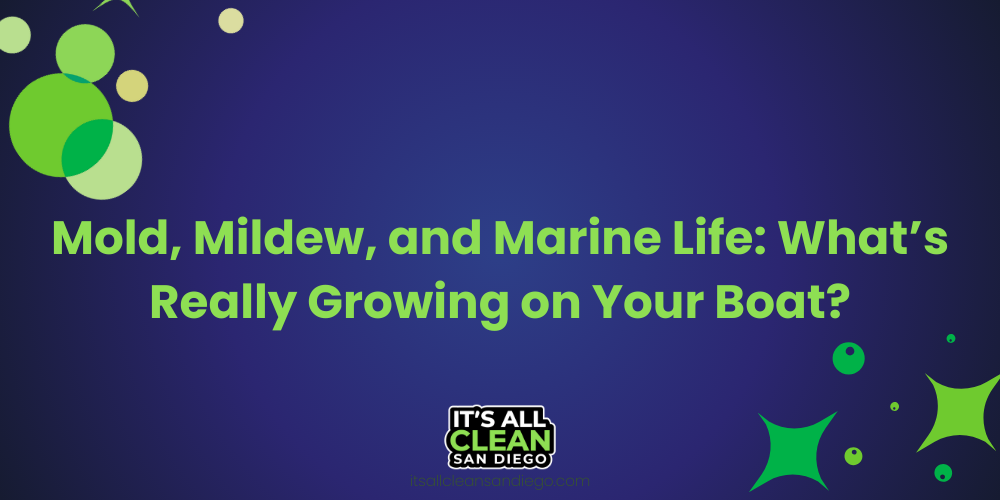
What is Mold and Mildew?
Mold and mildew are fungi that thrive in damp, humid environments — conditions that are unavoidable on a boat. Whether it’s condensation in your cabin or water trapped in cushions, mold spores multiply rapidly and cling to porous surfaces like fabric, wood, and grout.
Where You’ll Find Them
- Cabins and interiors (upholstery, curtains, carpets, mattresses)
- Bathrooms and galleys (grout, tile, or corners that stay damp)
- Storage compartments with poor ventilation
- Canvas covers and sails exposed to moisture
Why They’re a Problem
- Health Risks – Mold and mildew can trigger allergies, asthma, and respiratory irritation.
- Damage to Materials – Left unchecked, they stain and weaken fabrics, eat away at wood, and destroy sealants.
- Persistent Odors – Musty smells are a telltale sign of hidden mold, and they’re nearly impossible to eliminate without professional cleaning.
Marine Life: Algae, Barnacles, and Beyond
The Hull’s Biggest Enemy
While mold and mildew lurk inside, the outside of your boat faces an entirely different battle. Marine life like algae, barnacles, and mussels attach themselves to the hull, propellers, and other submerged surfaces.
Why It Happens
The hull provides an attractive surface for marine organisms to attach and grow. Warm water, sunlight, and nutrients in the ocean accelerate this process, leaving your boat covered in slime, crust, and growth within weeks.
Consequences of Hull Growth
- Reduced Performance – Algae and barnacles increase drag, slowing your boat down and forcing the engine to work harder. This means higher fuel consumption and increased wear on mechanical systems.
- Structural Damage – Barnacles can penetrate protective coatings and cause micro-cracks in fiberglass or paint, exposing your hull to corrosion.
- Costly Repairs – Removing heavy growth often requires more intensive cleaning or even dry-docking your boat.
The Hidden Dangers of Ignoring Growth
Skipping proper cleaning may feel harmless in the short term, but the risks add up quickly:
- Decreased Lifespan of Materials – Mildew eats away at canvas, wood, and upholstery. Marine life corrodes hull coatings and metals.
- Lower Resale Value – A boat that smells musty or shows visible growth is much harder to sell. Buyers know cleaning and repairs won’t be cheap.
- Increased Fuel Costs – Hull growth can increase fuel consumption by up to 30%. What feels like “just some slime” may cost hundreds of dollars in extra fuel every season.
- Health Hazards – Breathing mold spores can cause long-term respiratory issues, while slippery mildew makes decks and ladders dangerous.
- Regulatory Issues – Some marinas and waterways have strict rules about hull cleanliness to prevent invasive species spread. A dirty hull could keep you off the water.
Why DIY Cleaning Isn’t Enough
Boat owners often try to tackle mold, mildew, and marine life with DIY solutions — scrubbing, bleach sprays, or a quick pressure wash. While these methods may provide temporary relief, they fall short in the long run.
- Bleach and harsh chemicals can damage fabrics, strip protective coatings, and even corrode hardware.
- Pressure washing risks chipping paint, damaging gelcoat, or forcing water into crevices where mold thrives.
- DIY hull scrubbing is dangerous, labor-intensive, and rarely removes the root of the problem.
Ultimately, DIY efforts cost more in repeated attempts, wasted supplies, and accidental damage than professional cleaning would in the first place.
The Benefits of Professional Boat Cleaning
Professional marine cleaning goes beyond surface-level scrubbing. It protects your investment with specialized equipment, eco-friendly solutions, and years of expertise. Here’s what you gain:
1. Deep Mold & Mildew Removal
Professionals use safe, marine-grade cleaners and high-powered extraction systems to remove spores from deep within fabrics, wood, and porous surfaces. This not only cleans but also prevents regrowth.
2. Eco-Friendly Hull Cleaning
Expert cleaning removes algae, barnacles, and biofilm without harming the environment. Many services use biodegradable products and techniques approved for marinas and waterways.
3. Protective Treatments
After cleaning, sealants and protectants are applied to resist future mold, mildew, and marine growth. This makes future upkeep easier and extends the life of your boat.
4. Performance Boost
A clean hull means smoother sailing, less drag, improved speed, and reduced fuel consumption — all translating to long-term savings.
5. Healthier Living Spaces
By eliminating spores and bacteria, professional interior cleaning creates a healthier environment for your crew, family, or guests.
How Often Should You Clean Your Boat?
The frequency of professional cleaning depends on your boat use and storage:
- Heavily Used Boats (saltwater): Every 1–2 months for hull cleaning, interiors quarterly.
- Seasonal Boats (freshwater): At the start and end of each season, plus touch-ups as needed.
- Stored Boats: Clean before storage and again after removal from storage to prevent mold outbreaks.
Regular cleaning not only maintains performance but also prevents expensive surprises.
Final Thoughts: What’s Growing on Your Boat Matters
From mold and mildew inside to algae and barnacles outside, your boat is constantly under attack from organisms that thrive in the marine environment. While it may seem like a cosmetic issue at first, the hidden costs — from health hazards to reduced efficiency and costly repairs — are too significant to ignore.
Skipping professional cleaning is like ignoring an engine light on your dashboard — problems only grow more expensive over time. By investing in regular, professional boat cleaning, you protect your vessel’s performance, longevity, and value.
- All rights reserved -
It's All Clean San Diego © 2021
Pick a service, and we’ll be there.
Your go-to clean, green, full-service team.
Got a mess? We’ve got you covered. At It’s All Clean San Diego, we have professional commercial cleaning and residential house cleaning services for every need.
Our family-owned, full-service professional floor cleaning company has served residential and commercial customers in San Diego for nearly 20 years.




